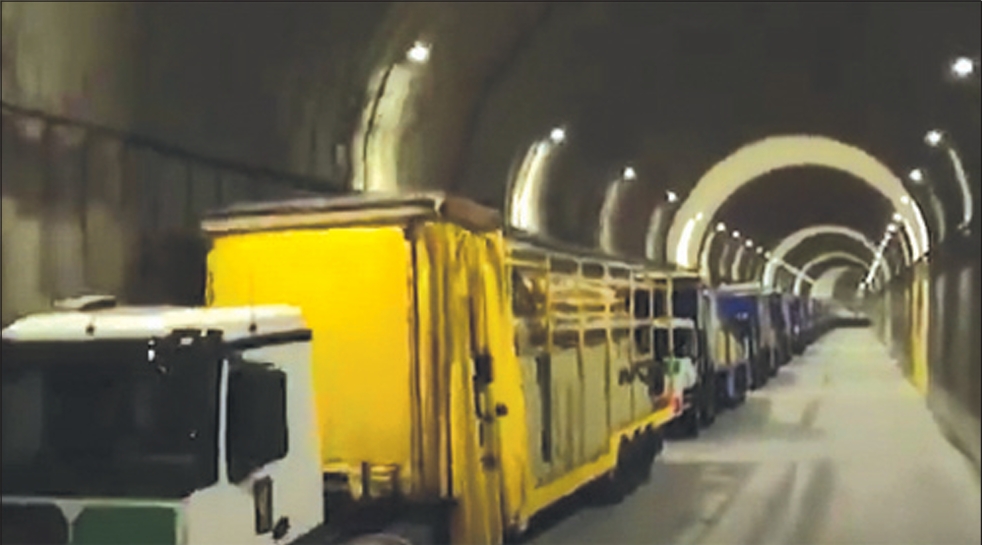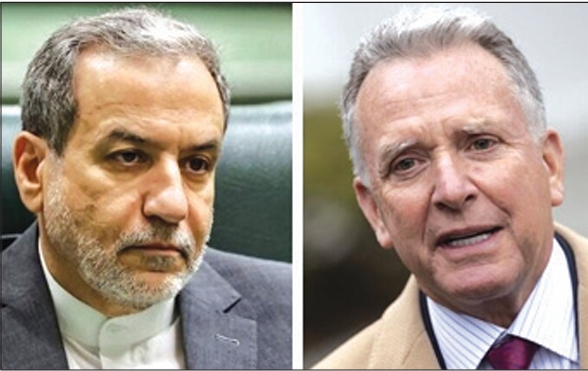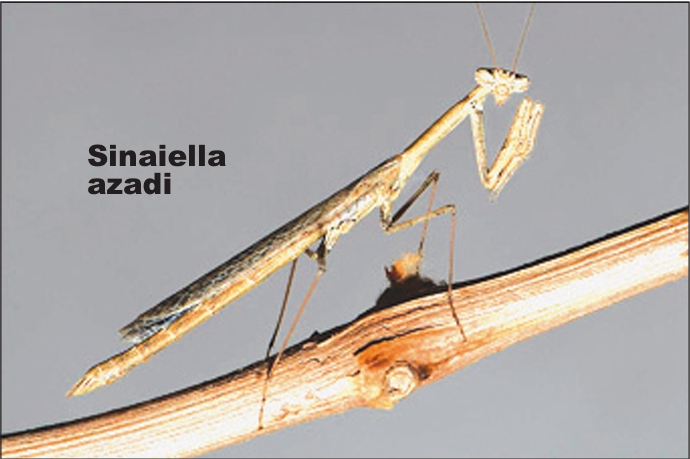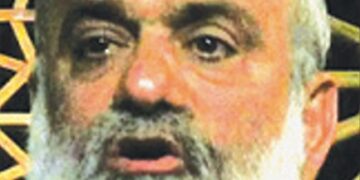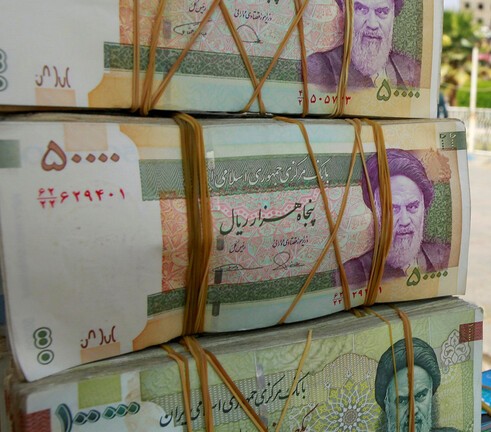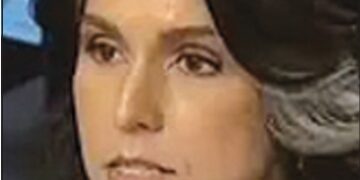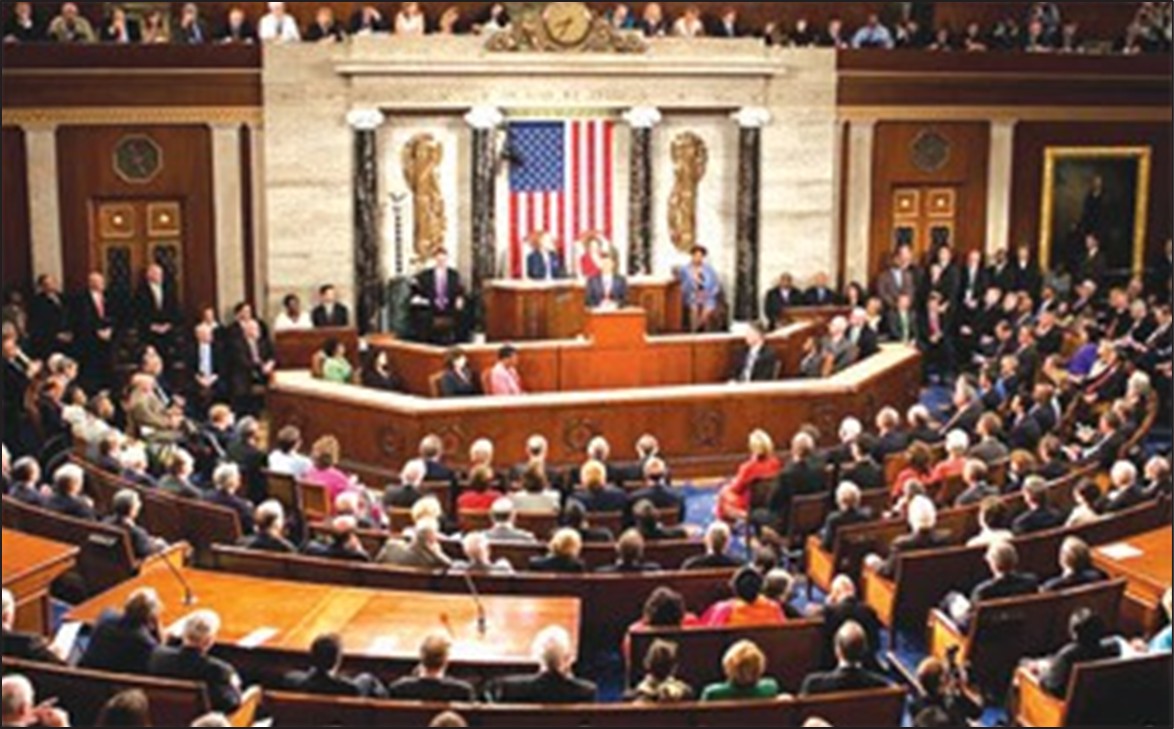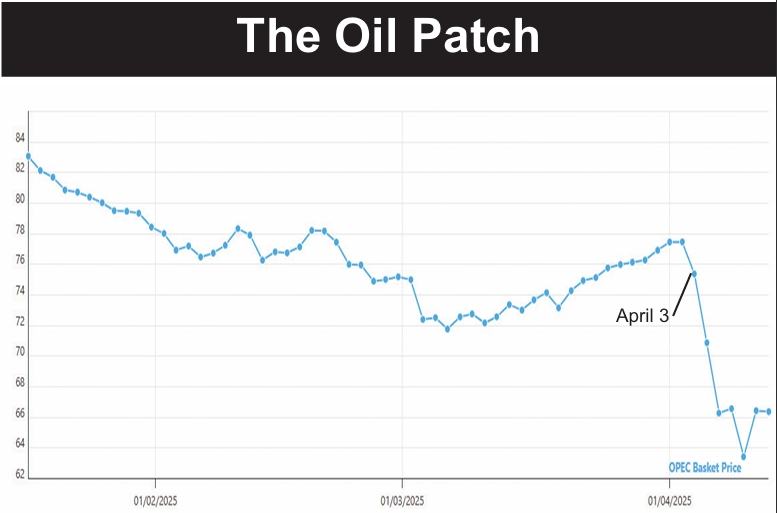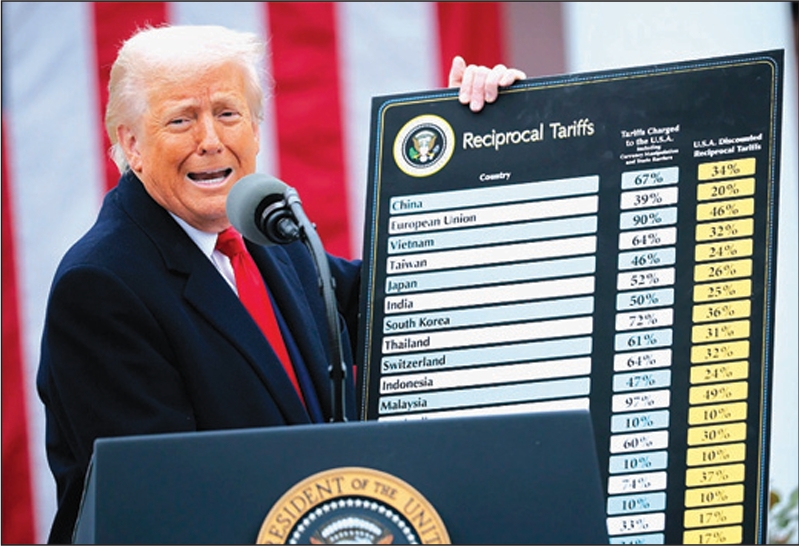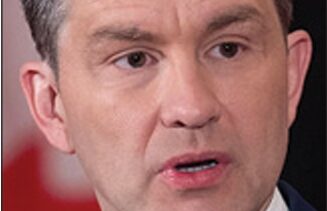but said the country is now working on a satellite to be completed in four years that will produce useful images.
The government has boasted of the images sent to earth by the Rasad (Observer) microsatellite that was orbited June 15. But while the regime has spoken of the pictures, it has not released any of them to the public.
On Sunday, Hamid Fazeli did not boast of the photos from outer space. In fact, he said even the Amir Kabir, Navid and Zafar that Iran is planning to orbit in the next few years have cameras that take pictures of very low resolution and limited utility.
But he said the space agency is now working on a new satellite called Pars-2 with a camera that will have a resolution of five meters, meaning it can pick out objects that are five meters or 16 feet across.
Iran has not described the resolution of the camera on board the Rasad, which is still orbiting the earth. But it has given the resolution of another camera being prepared for orbiting. And that camera will provide photos only 1/800th as good as satellite photos that are available commercially.
A few months ago, Hossain Bolandi showed off the Navid satellite he is working on. It weighs 50 kilos, triple the size of the just-launched Rasad. Bolandi said the camera on the Navid would be able to see objects more than 400 meters across or the size of four football fields.
But commercial satellites like the GeoEye1 that are currently in service show objects only 50 centimeters (20 inches) across and US spy satellites are understood to discern objects as small as 1 centimeter (a half inch) in size.
Fazeli’s statement that the Pars-2 in four years will see objects five meters across will still mean that commercial imagery will be 10 times better than what the Islamic Republic is aiming for.
But Fazeli said Iran has difficulty obtaining satellite images from other countries. He didn’t say whether sanctions are a problem. But images are not sanctioned, and can be bought off the Internet.
Meanwhile, the launch schedule that Fazeli announced just three weeks ago has already slipped. He said last month that the Kavoshgar sounding rocket would carry a monkey into space by August 20. Now he says Kavoshgar will go up early in September. He did not say what caused the postponement.


